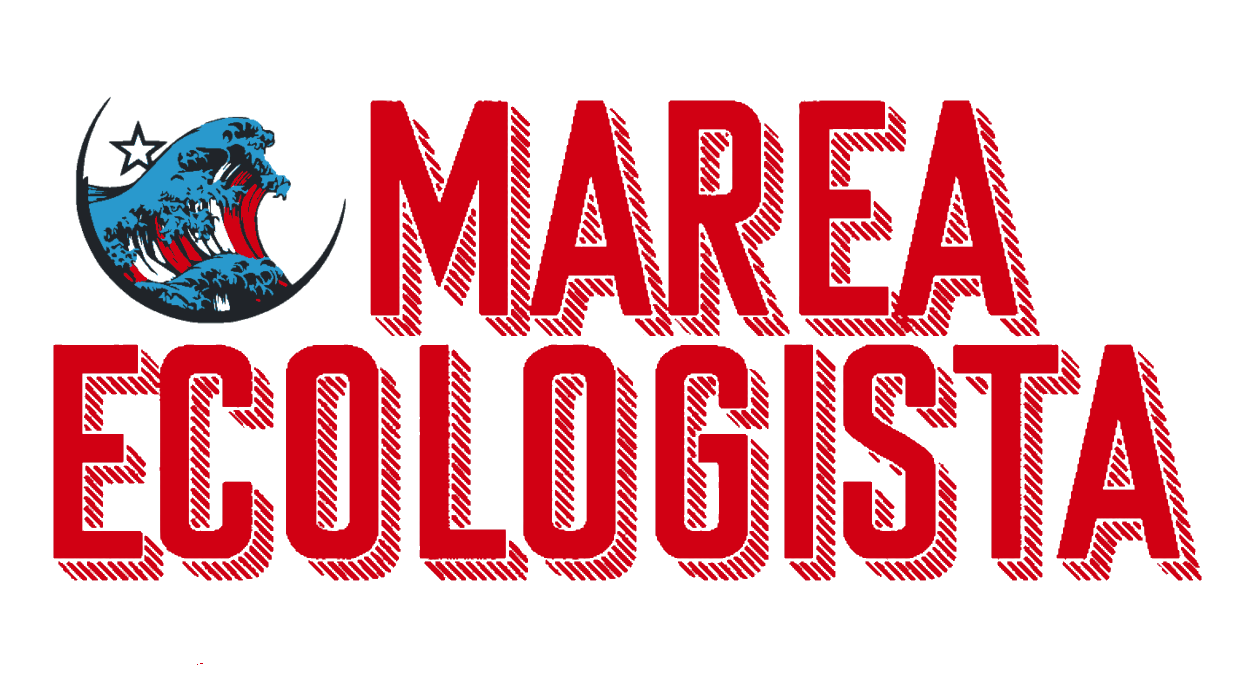Birds turning into windmills, buildings that look like they are melting, and two coworkers whose handshake fused their flesh together. These are the new AI-generated faces of some Puerto Rican government website headers, articles, and social media posts, likely making them some of the first state level United States government agencies to use generative artificial intelligence (GenAI) for marketing purposes.
After their websites got digital facelifts after the middle of last year, Department of Economic Development and Commerce (DDEC, by its Spanish initials), the Permits Management Office (OGPe, by its Spanish initials), Puerto Rico Innovation and Technology Services (PRITS) started using header images created with GenAI. The Municipal Revenue Collection Center (CRIM) changed header images and started using GenAI images in their social media posts.

Since GenAI images entered the public consciousness near the end of 2022, their use has skyrocketed among every type of agency and organization. While not many government agencies have used GenAI images, many have started implementing AI tools. For their part, some Puerto Rican government agencies have started implementing AI into their systems in order to speed up certain business processes, like the Administration of General Services, which was the first Puerto Rican government agency to implement AI into their systems.
The first agency to use a GenAI image was likely DDEC, which has used an image showing a paper cut-out skyscraper-filled city inside a lightbulb surrounded by a forest as a header since at least June 26, 2023, according to an archived version of the page. Other government websites started using them afterwards, according to archived versions of their pages.
When we contacted a DDEC spokesperson, she led us to Leticia Jover, spokesperson for PRITS, who told us to send a written message with our request but never responded past that.
However, a reverse image search on the GenAI images used by DDEC, OGPE, and PRITS revealed that they were likely licensed from the Adobe Stock library, where one can license millions of stock images. Even though the images used by DDEC, OGPe, and PRITS come from different distributors across the platform, all three bear the “Generated with AI” tag that Adobe requires for GenAI content on the platform.

“I see these platforms becoming widespread as a way of cost-cutting,” said Javier Hernández Acosta, founder and principal investigator for the Center for the Creative Economy in Puerto Rico, over the phone.
The standard license, allowing for unlimited social, web, and email views, is free with the beginner Adobe Stock plan, which costs $29.99 per month for three standard assets. Meanwhile, the extended license costs $79.99 per image and allows merchandise rights and a print-run of more than 500,000.
It is common that different organizations and government agencies use stock images for informative or marketing material. In fact, other non-GenAI images used by these agencies can be found within the Stock library and part of the official logo of the Government of Puerto Rico comes from Shutterstock, another stock image website. However, GenAI images allow for the creation of whatever image a user wants to only be a couple clicks away.

So, You Think it’s a GenAI Image?
“The technology has progressed so quickly,” says Alvaro Melendez, co-founder and CEO of CRANT, a machine learning company that teaches other companies how to use AI, data and stories for their marketing, over video call. “Creating, for example, a realistic image of a person through fully automated AI? That was basically impossible two years ago and today, it’s very easy to do.”
Although the technology has advanced rapidly—to the point that a quick look over while you scroll through a social media feed might not raise any eyebrows—a deeper inspection reveals the telltale signs that an image is GenAI.
This was the case with the GenAI images used by the CRIM, which we could not find through a reverse image search. But they showed the common discrepancies found in GenAI images. For example, one image showed a pair of sunglasses that has a Mobius strip instead of legs and another that has a man’s arm bending the opposite way.
Melendez says these GenAI programs are improving rapidly, so these signs will likely be harder to spot in the future.
Migdalia Rivera, spokesperson for CRIM, later confirmed that D.D.A. Group, Inc., the publicity company that the agency uses, created the images with GenAI. The company’s official instagram confirms the use of AI for marketing purposes. We reached out to the phone number listed on the company’s website but they never responded.
“I’m told by the agency, by one of the guys that works there, that these programs are obviously in development and are continually adjusted, that’s why these kinds of things can happen,” explained Rivera over the phone.
Rivera says no one had ever asked the agency if the images were generated with AI and that the publicity campaign they are running with the images has received a positive response from the public. Because it is an election year, D.D.A. Group sends them to the State Electoral Commission to make sure they comply with electoral laws for a government agency, she adds.
A variety of tools exist to identify GenAI images, but the quality of their results is not entirely accurate, according to The New York TImes. Meanwhile, the digital investigation collective Bellingcat found the application “AI or Not” is fairly good at detecting GenAI images, as long as they have little digital compression.
When we used “AI or Not” to detect if these images were indeed created with AI, the tool warned that they did not have a high enough image quality and that the results could possibly not be accurate. However, it correctly identified some of the GenAI images. The problem came when the images were cropped at differing sizes, causing it to waffle between saying it was “likely AI” and “likely Human.”
“This is part of the development of technology worldwide, at a global level. And we are no exception,” Rivera said.

